PALM SPRINGS, Calif.—After a very pleasant morning getting acquainted with the model-year 2025 Hyundai Ioniq 5, it was time to meet the new addition to the range: the $55,400 Ioniq 5 XRT. It's the latest example of an automotive trend, quietly simmering in the background, suddenly taking off. And in this case, that trend is when a carmaker takes something that's normally meant to be driven on the road and makes it a bit more... rugged.
No, it's not a new idea—Audi Allroads and Volvo Cross Countries have played this game for years and years. More recently, companies like Porsche and Lamborghini have gotten into the act, creating supercars with six-figure price tags that aren't fazed by a little sand or snow.
But the Ioniq 5 isn't a supercar—it's just a super car. The XRT treatment was done by Hyundai's California design team, and it involves new, more protective cladding at the front and rear. The black plastic looks at first glance like it might be forged carbon—in fact it's a pixelated camo pattern that calls out to the "Parametric Pixel" design language that underpins the Ioniq 5's blocky look. The twin red-accented tow hooks are almost whimsical.
It also features new wheels and all-terrain tires. Along with the bodywork additions, this means the XRT won't go quite as far on a full charge as the more pedestrian versions, but it will travel 259 miles (417 km) between charges.
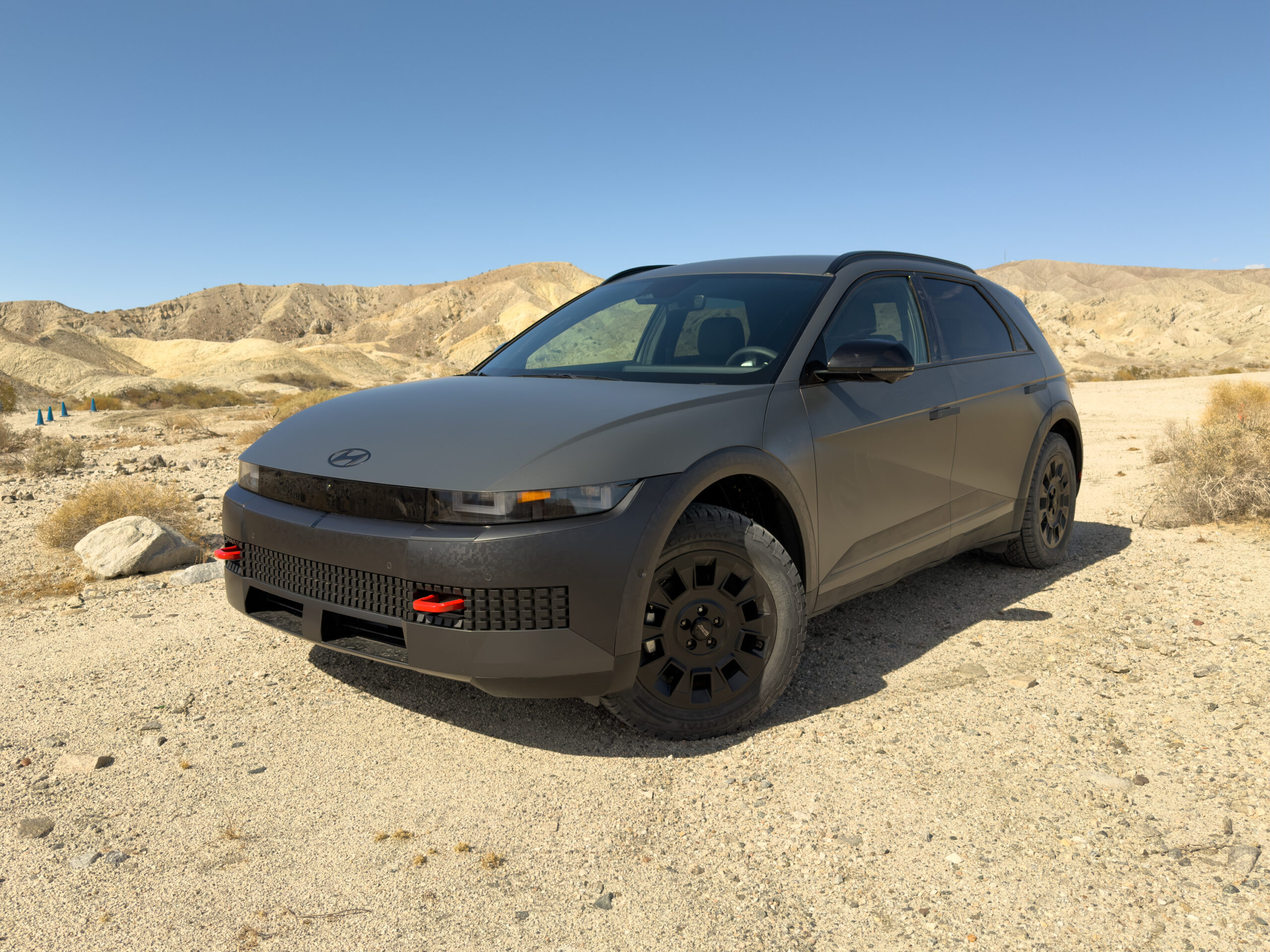
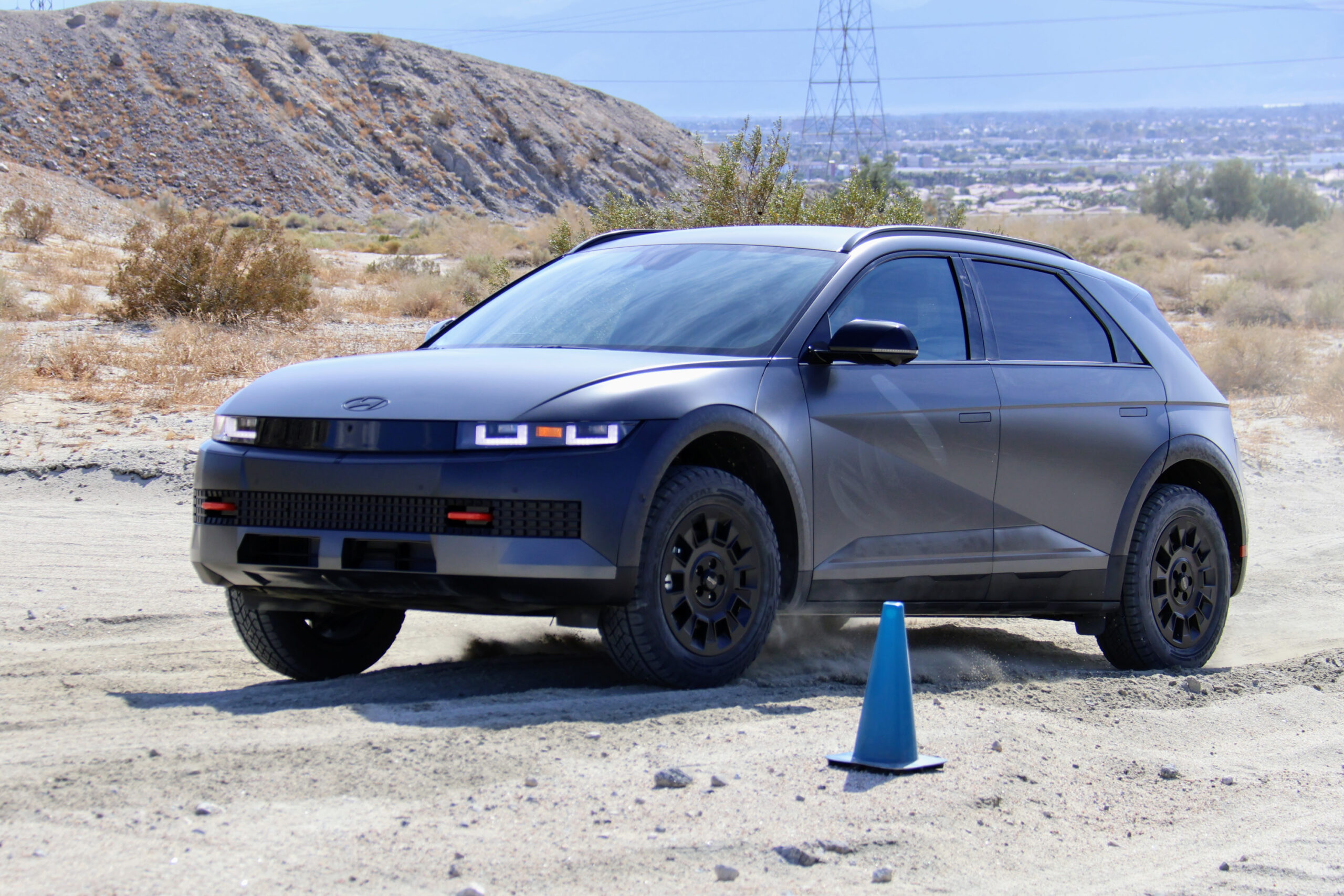
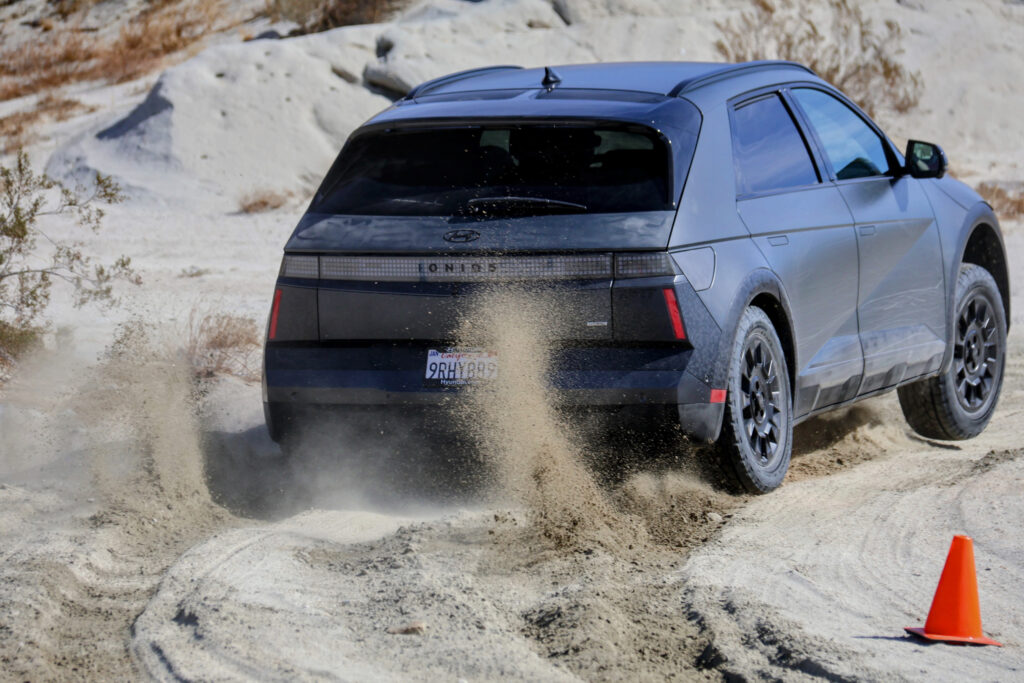
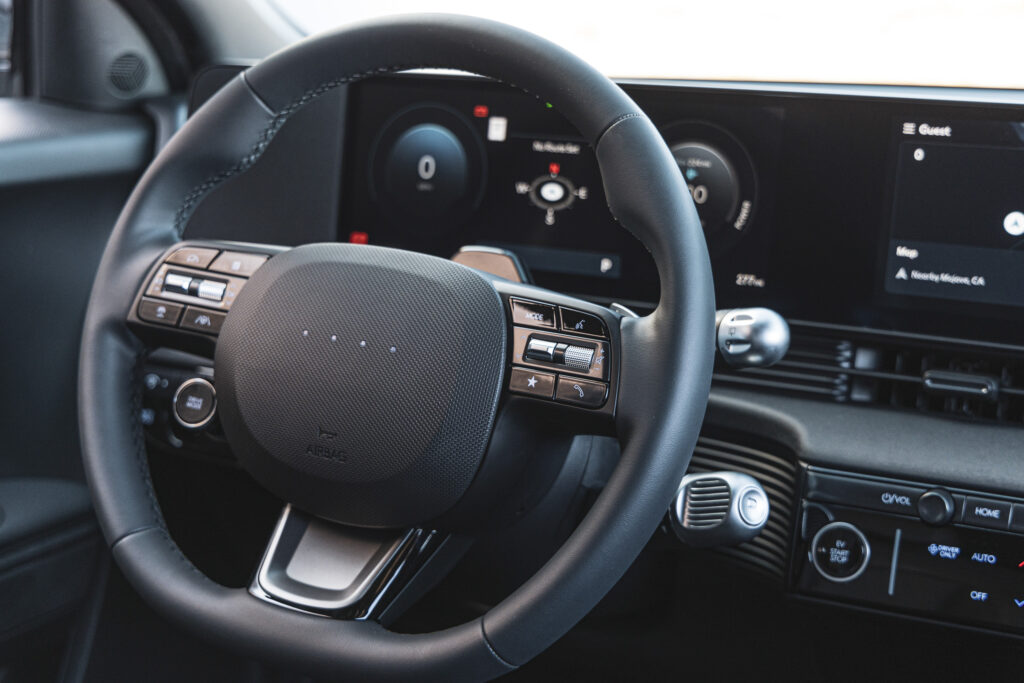
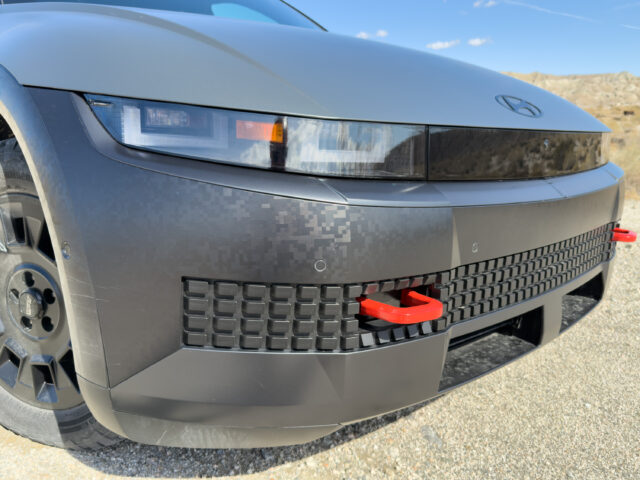
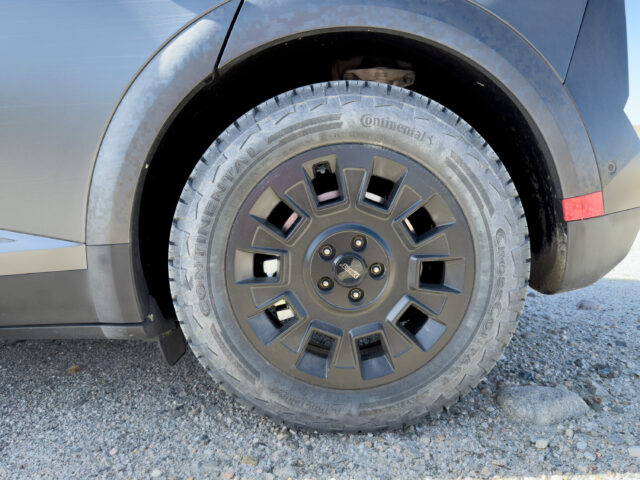
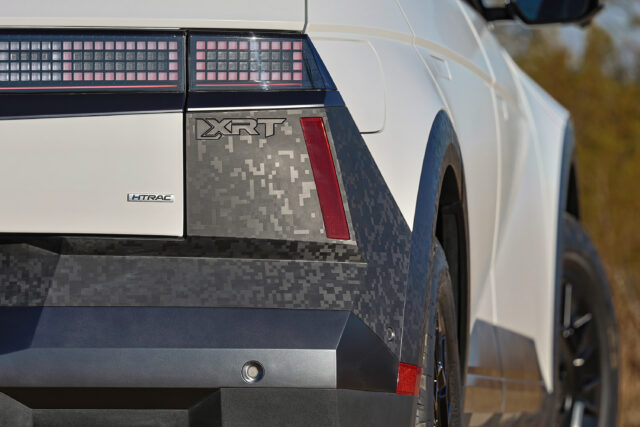
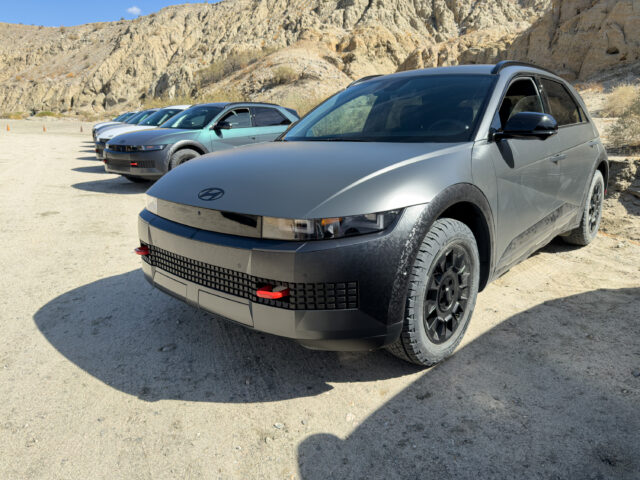
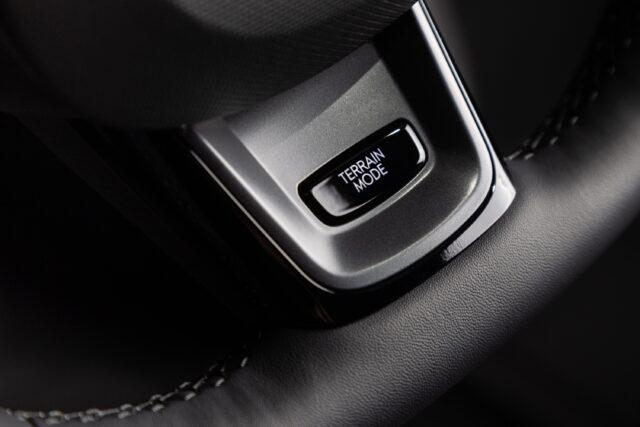
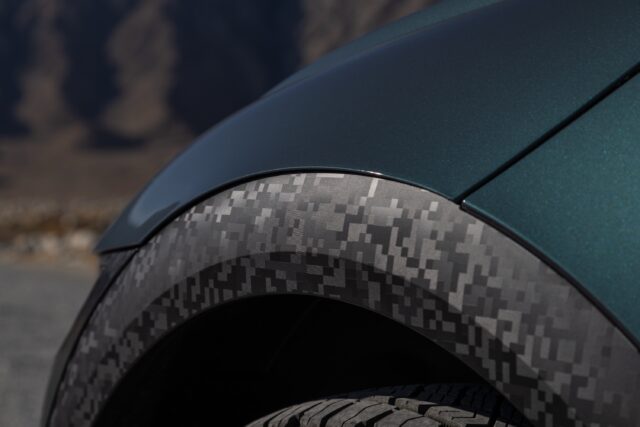


I wish you had more insight on the road noise, because I do love long road trips that may end at one of the aforementioned National Parks.